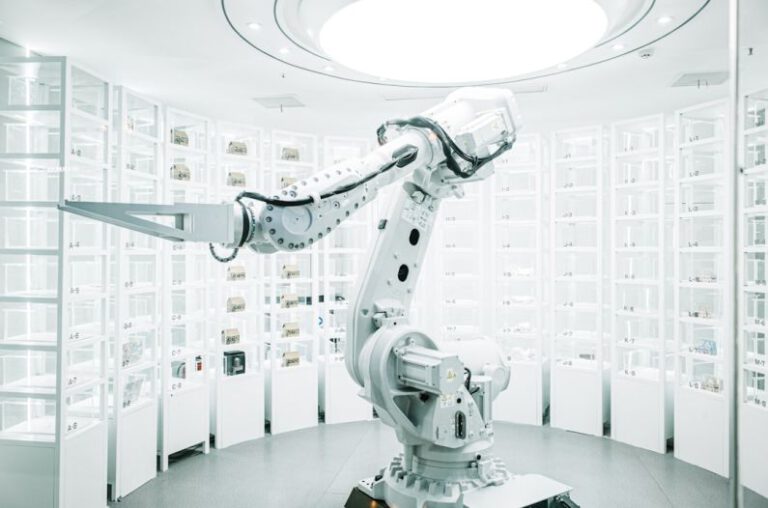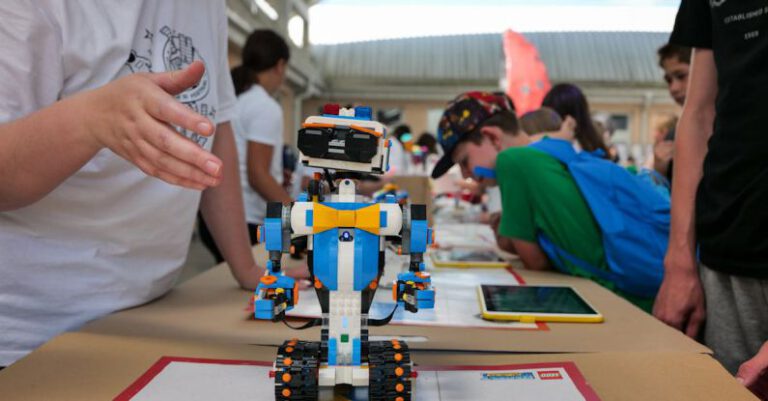How Do Ai and Robotics Reduce Construction Costs?
The construction industry is constantly evolving, with new technologies such as Artificial Intelligence (AI) and robotics revolutionizing the way projects are planned and executed. One of the key benefits of incorporating AI and robotics in construction processes is the significant reduction in costs. By leveraging these advanced technologies, companies can streamline operations, increase efficiency, and ultimately save money. Let’s delve into how AI and robotics are transforming the construction sector and driving down costs.
Enhanced Project Planning and Management
AI algorithms play a crucial role in improving project planning and management in construction. These algorithms can analyze vast amounts of data to identify potential risks, optimize schedules, and allocate resources more effectively. By utilizing AI-powered software, project managers can make informed decisions that lead to better outcomes while minimizing delays and cost overruns. Real-time data analytics enable teams to monitor progress, identify bottlenecks, and make adjustments promptly, ensuring that projects stay on track and within budget.
Optimized Design and Building Processes
Robotics technology has revolutionized the design and building processes in construction. Automated systems can perform tasks with precision and efficiency, reducing the margin of error and minimizing waste. 3D printing, for example, allows for the rapid prototyping of building components, cutting down on both material and labor costs. Robotics can also be used for repetitive tasks such as bricklaying, concrete pouring, and welding, freeing up human workers to focus on more complex and specialized jobs. As a result, projects are completed faster and with higher quality, leading to cost savings in the long run.
Improved Safety Measures
AI and robotics contribute to enhanced safety measures on construction sites, which can ultimately result in cost savings. Drones equipped with AI technology can conduct aerial surveys to identify potential hazards and monitor worker activity in real-time. Autonomous vehicles and robots can be deployed to handle dangerous tasks, reducing the risk of accidents and injuries. By prioritizing safety through the use of advanced technologies, companies can avoid costly workplace incidents, insurance claims, and legal liabilities, ultimately saving money and preserving their reputation.
Predictive Maintenance and Asset Management
AI-driven predictive maintenance tools enable construction companies to monitor the condition of equipment and machinery in real-time. By analyzing data such as temperature, vibration, and usage patterns, these tools can predict when maintenance is required before a breakdown occurs. This proactive approach minimizes downtime, extends the lifespan of assets, and prevents costly repairs. Furthermore, AI-powered asset management systems help companies track inventory, equipment usage, and maintenance schedules more efficiently, allowing for better resource allocation and cost control.
Supply Chain Optimization
AI algorithms can optimize supply chain management in construction by forecasting demand, identifying alternative suppliers, and streamlining logistics. By analyzing historical data and market trends, AI systems can anticipate material shortages, price fluctuations, and delivery delays, allowing companies to make informed decisions that minimize disruptions and reduce costs. Additionally, robotics technology can automate material handling and transportation processes, increasing productivity and efficiency throughout the supply chain. By optimizing the flow of materials and resources, construction companies can eliminate waste, reduce lead times, and lower overall costs.
Innovative Cost Estimation and Budgeting Tools
AI-powered cost estimation and budgeting tools enable construction companies to generate more accurate project forecasts and reduce financial risks. By analyzing historical data, project parameters, and market conditions, these tools can provide detailed cost breakdowns, identify potential cost-saving opportunities, and assess project feasibility. AI algorithms can also detect anomalies and discrepancies in budgeting processes, flagging potential errors or discrepancies before they impact the project’s bottom line. By leveraging advanced cost estimation tools, companies can create more realistic budgets, improve financial transparency, and avoid costly overruns.
Embracing a Sustainable Future
In conclusion, the integration of AI and robotics in construction processes has proven to be a game-changer in reducing costs and improving efficiency across the industry. By leveraging advanced technologies for project planning, design optimization, safety management, predictive maintenance, supply chain optimization, and cost estimation, companies can achieve significant cost savings while enhancing productivity and quality. As the construction sector continues to evolve, embracing AI and robotics will be essential for companies looking to stay competitive, drive innovation, and build a more sustainable future.






